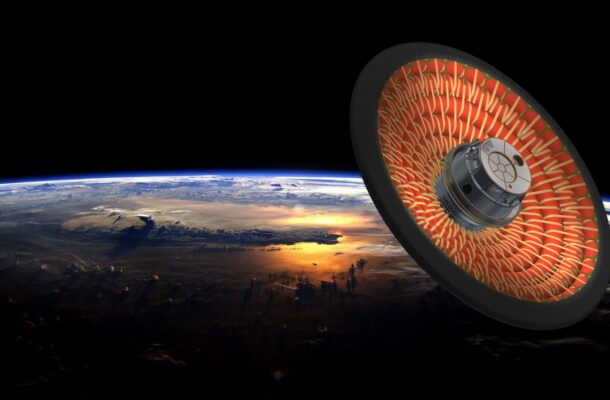Brace yourselves as NASA predicts a solar storm hitting Earth on Sunday, promising enhanced auroras visible at lower latitudes. Explore the surge in solar activity, the science behind sunspots, and the potential impact of coronal mass ejections. Get ready for a celestial show as NASA unravels the dynamics of this cosmic phenomenon.
Introduction
In a celestial spectacle set to unfold, NASA scientists are sounding the alarm about an imminent solar storm that is poised to grace Earth on Sunday. As the sun experiences heightened activity, marked by an increase in sunspots and the release of scorching plasma into space, the terrestrial realm prepares for an awe-inspiring display of geomagnetic storms. This article delves into the scientific intricacies behind this cosmic event, exploring the phenomena of sunspots, coronal mass ejections, and the potential impact on our planet.
Sunspots and Solar Dynamics: The Prelude to the Storm
NASA's projections hinge on the surge in solar activity, manifested by the emergence of sunspots on the sun's surface. These dark spots signify areas of intense magnetic fields and serve as the epicenters for the birth of celestial tempests. The sunspots, acting as catalysts, give rise to coronal mass ejections (CMEs) – colossal clouds of plasma hurtling through space. This surge in activity over the past week has set the stage for an extraordinary solar performance.
Coronal Mass Ejections: Celestial Clouds on a Collision Course
As the sunspots multiply, so do the coronal mass ejections, with several launched each day in recent times. NASA's models indicate the likelihood of one such celestial cloud colliding with Earth. The impending collision, while captivating, also raises questions about the potential impact on our planet. NASA's scientists are diligently tracking the storm's trajectory, with further details expected after thorough analysis.
The Dance of Geomagnetic Storms: Earth's Magnetic Ballet
When a coronal mass from the sun meets Earth, it triggers a geomagnetic storm – a mesmerizing disturbance of our planet's magnetic field and atmosphere. The outcome is an intensified aurora, visible even at lower latitudes. NASA explains that the magnitude of these storms varies, ranging from G1 (minor) to G5 (extreme), as classified by NOAA. While the strongest storms are infrequent, the potential for a celestial dance unfolds, promising a cosmic spectacle for Earth's inhabitants.
The 'Perfect Storm' Scenario: Understanding the Dynamics
NASA scientists elucidate that the impact of a geomagnetic storm intensifies when the plasma storm from the sun carries a magnetic field opposing Earth's magnetic orientation. This collision sets the stage for a 'perfect storm,' amplifying the effects of the celestial encounter. The scientific community eagerly anticipates the unfolding dynamics as Earth stands on the brink of a cosmic rendezvous.
Uncertainties Loom: NASA's Ongoing Analysis
While the cosmic drama promises a celestial extravaganza, NASA has yet to unveil specific details regarding which parts of the Earth might be under the storm's cosmic influence. As scientists continue their rigorous analysis of storm tracks, uncertainties linger, adding an element of anticipation to this cosmic event. The enigmatic nature of space ensures that even in our technologically advanced age, the cosmos retains its capacity to surprise and enthrall.
In the cosmic theater where Earth and sun engage in an intricate dance, NASA's solar storm alert beckons us to witness a celestial spectacle. As we await the revelations of NASA's ongoing analysis, the promise of enhanced auroras and the cosmic ballet of geomagnetic storms herald a cosmic event that transcends the boundaries of our terrestrial existence.


Comments